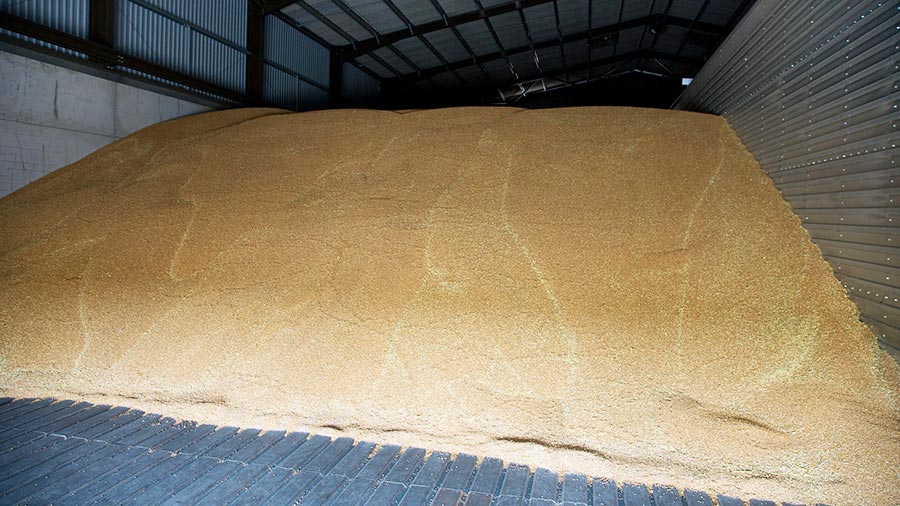Clarity for farm saved seed declarations
 ©Tim Scrivener
©Tim Scrivener The British Society of Plant Breeders (BSPB) has published payment rates for farm saved seed and the latest list of eligible varieties, including advice on blends and what farmers should do in the event of a failed crop.
Confusion remains among farmers on what to declare, but it is a requirement for all protected varieties to be declared, regardless of whether they are part of a blend, cover crop or failed crop,
See also: Organic no-till system saves US grower £1.6m in costs annually
“Farm saved seed declarations apply to cover crops, volunteer crops, companion crops, whole crops and bi-crops, regardless of yield.
“In the case of a failed crop, such as oilseed rape, the seed declaration is still required because payment is due on sowing not harvest. It is illegal to sell, buy, barter or share farm saved seed,” explains BSPB chief executive Sam Brooke.
“It is a requirement for all farm saved seed to be produced and sown on the same holding,” she says. This prohibits the sharing or sale of seed between growers.
“The declaration of any protected variety should be made when the seed is sown and the BSPB is keen to remind growers that yield, and whether the variety makes up part of a blend or cover crop, does not affect the need to make a declaration.”
Where a blend or cover crop that includes a protected variety is sown, the grower must declare the ratio of seed in the blend.
This percentage can be used in conjunction with the seeding rate to calculate the payment needed for using the blend.
Growers are also advised not to save seed from hybrid varieties as this will lead to variable offspring, reduced yields, loss of agronomic characters and also goes against current legislation.
“It is important that growers remember that all blends, cover and volunteer crops could potentially have a variety that requires them to make a declaration.
“Saving seed from hybrid varieties is not advised and must be avoided to protect future yields.
“If there is any uncertainty the BSPB team is on hand to help and offer guidance on how to calculate and declare all varieties of farm saved seed,” she concludes.
